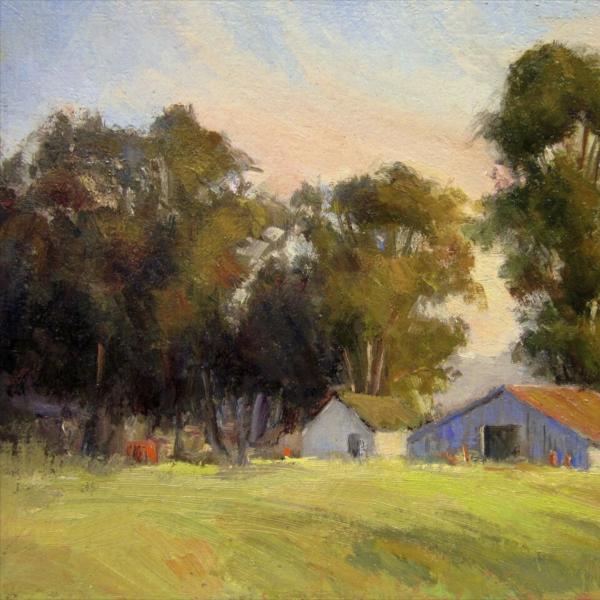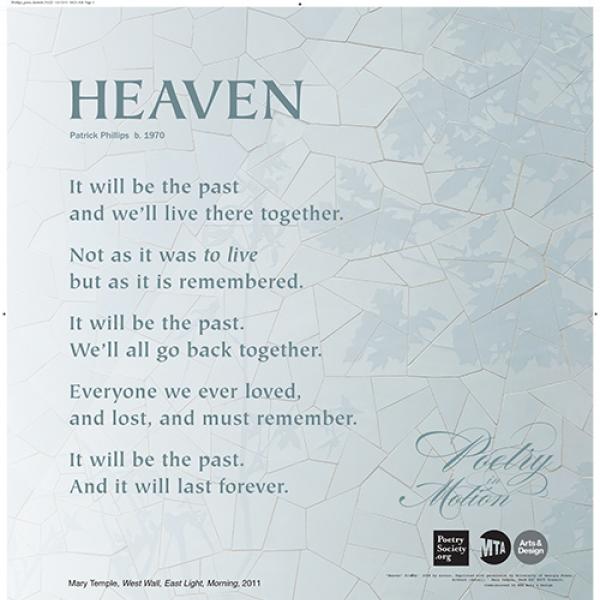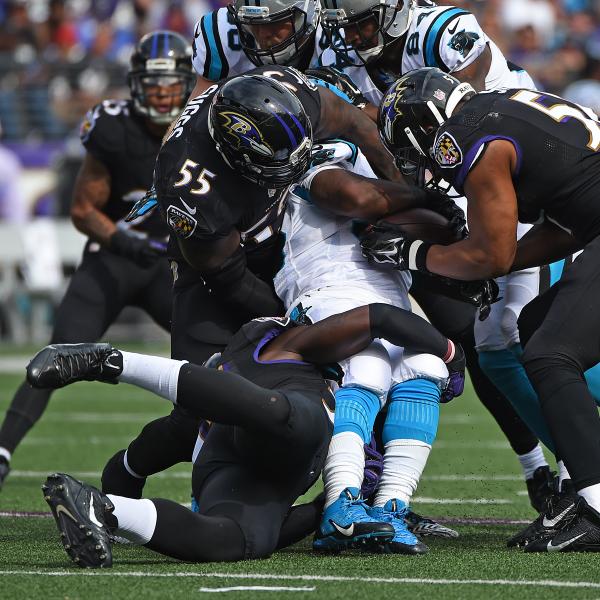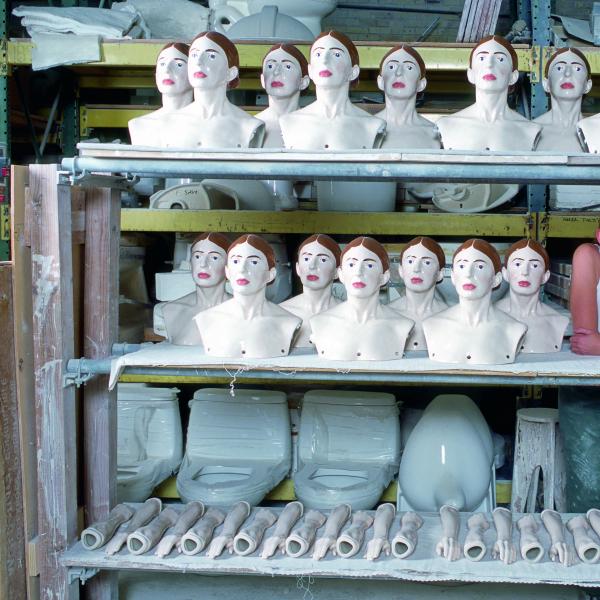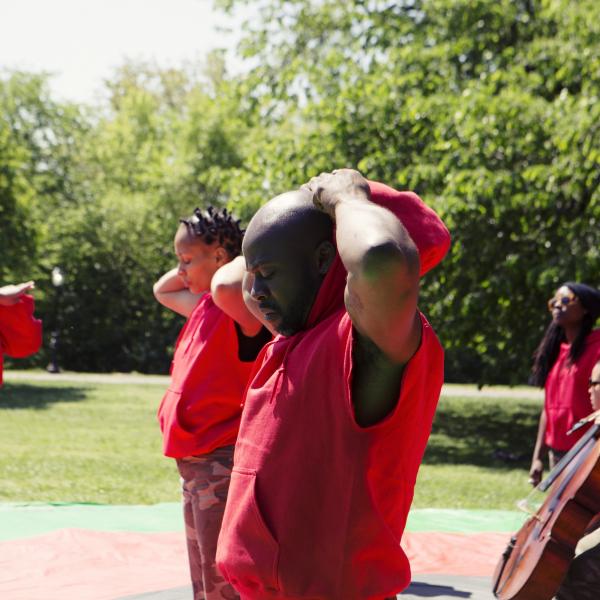A New Shared Value
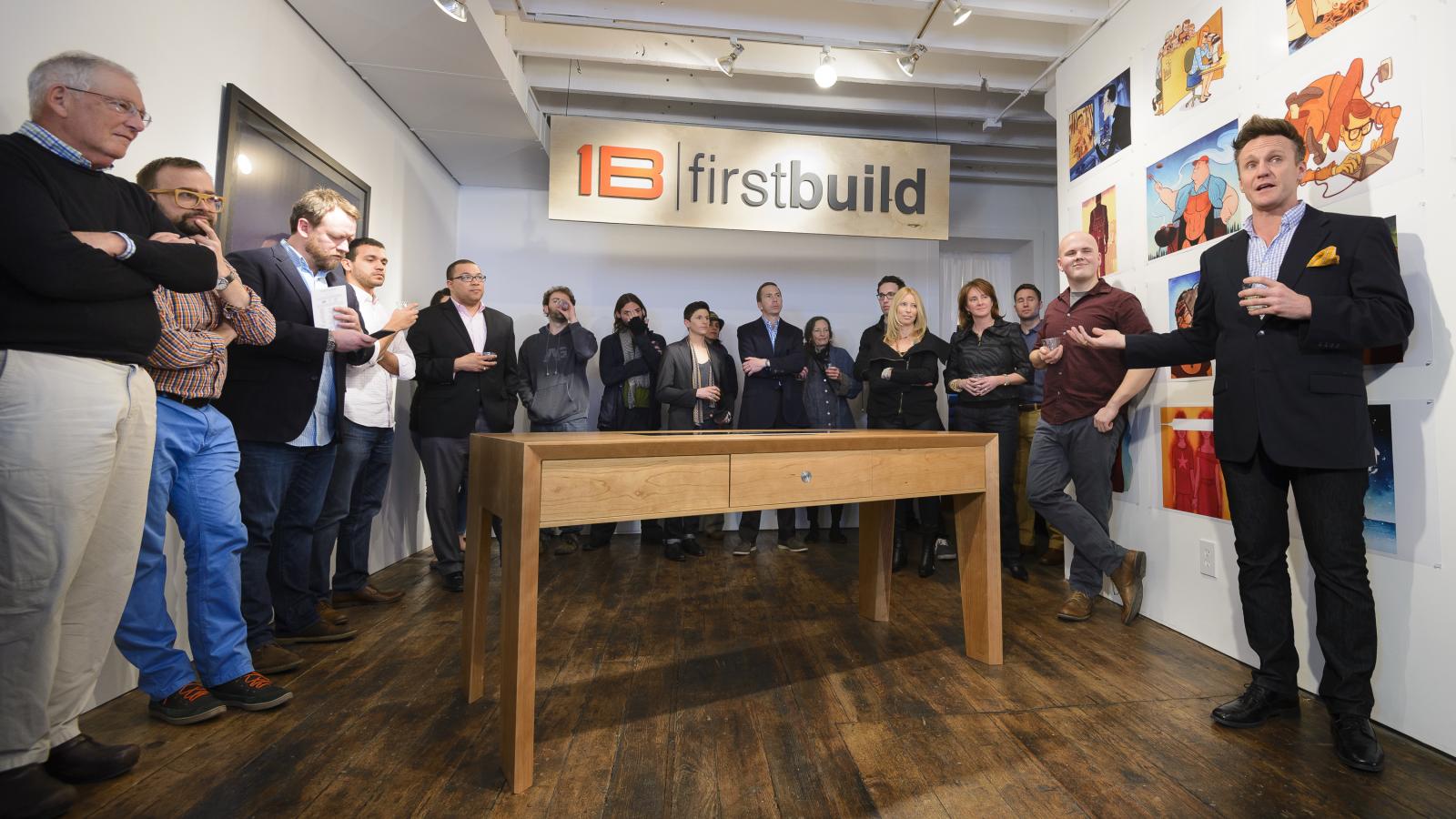
What if, by tapping an artist's creativity, we could re-envision community and corporate dilemmas, and how we solve them?
That's a question that Theo Edmonds thinks could change the world. In Louisville, Kentucky, Edmonds, along with Josh Miller, Ayelet Aldouby, and Chris Radtke, founded IDEAS 40203, an organization designed to activate and train creative workers into "agents of change." "When we started talking to individuals about artists as job creators, as civic innovators, as corporate innovators, people looked at us like we had a third eye on our forehead," Edmonds said. "There was nothing in their awareness that said artists are anything more than people who produce objects that go in homes for people to look at, or into museums. So I knew I had a problem."
He has made it his mission to change that paradigm. For instance, IDEAS established resident artists within nonprofit groups such as YouthBuild Louisville, and with the help of a 2014 NEA Our Town grant and the New York-based organization Residency Unlimited, placed artists inside corporations across Louisville to serve as "innovation consultants." Edmonds said, "What we were exploring in both [projects] is how we can expand the creative capacity, reframe challenges, ask new questions, and fundamentally impact the direction and capacity of organizations, both corporate and civic, to move their organizations and their communities forward."
Today, IDEAS has split into the for-profit IDEASxLab and the nonprofit Creative Agents of Change Foundation, which seek to drive large-scale, artist-led change within corporations and communities, respectively. We spoke with Edmonds about why artists can be beneficial team members in any field, what the business of art looks like today, and his vision for how artists will benefit their communities in the future.
NEA: There's a definite camp that subscribes to the idea of art for art's sake, and anything else is considered selling out. What's your take on that?
THEO EDMONDS: If you look at the history of arts, there's always been a relationship between power structures. Go back to the Medicis and the artists they supported. The corporations that we see in the United States today are the equivalent of the Medicis. It's where the corpus of money and power is. So the idea that the arts are this separate silo that sits apart from commerce and business, I think, is an erroneous one.
NEA: What about artists make them unique vehicles for helping both businesses and communities flourish?
EDMONDS: That's something I think about a lot, and my answer morphs and changes from one day to the next. I think there are probably three things I would say. One, artists are wonderful, integrative, macroscopic thinkers, meaning that they can see different systems and can go in and out of different "ecosystems." They understand how those different systems are relating to each other in new and interesting ways. That's a skill set that our economy is asking for right now.
Point two is that artists are humanists and contrarians to some degree. They're naturally disruptive, so that fits within an innovation economy. But the humanist part is really important. With all the things that technology can do, the one thing that technology cannot deliver is creativity in the human context. With technology flourishing, and the great and awesome promise that it offers, it's going to take understanding the human context for technology to realize its full potential for humanity. This is where the humanist part of artists comes in. Innovation is not just a design issue, and it's not just a technology issue—it's a human behavior issue, and that's something that artists are really uniquely qualified to address.
The last and final piece is that artists find new ways for us to relate and interact with each other. I think that so much of our connectivity has been lost in the last ten, 15, 20 years. I think it's a dangerous thing, because as we stop relating to each other, we stop caring about each other.
When you look at social entrepreneurship, you look at all of these wonderful and amazing ways that businesses are starting to grow. We need to create new types of shared value between our business community and the communities that we all live, work, and learn in. I think artists have that ability to create that new shared value, so the profits of a company and the needs of a community are not inconsistent. In fact, they're fundamentally tied together, and one benefits the other.
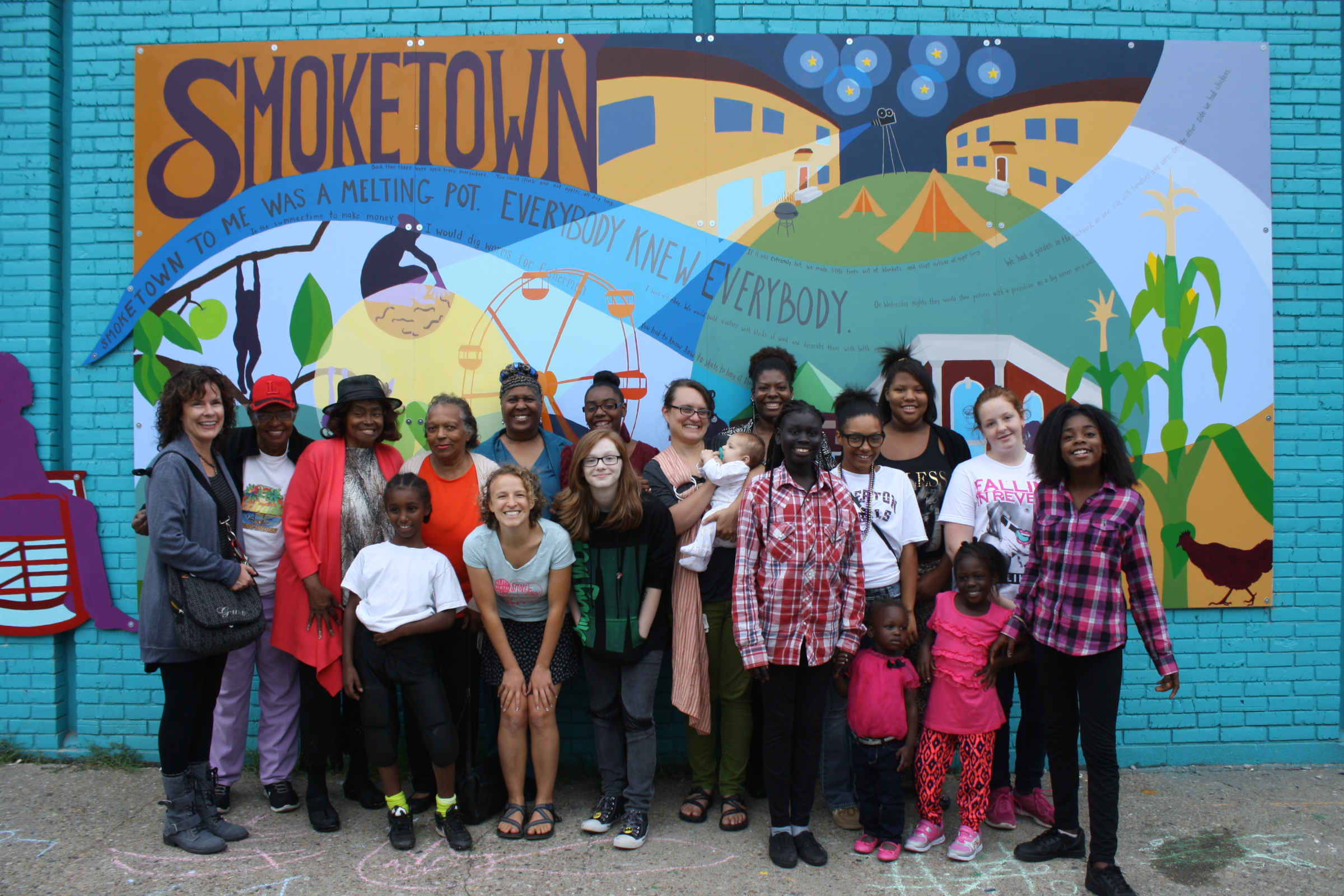
|
NEA: What do you think the "work" of art, or the business of art, looks like today? Where do you think there's room for improvements, so that we can better support our artists?
EDMONDS: Our approach to the "work" of art is to focus not on the objects that you make, but on the human beings. Ours is a human resources strategy that looks at the artist. What we are specifically interested in is how to take a very unique, integrated, macroscopic skill set of an artist and create new utility, new roles, and new values seen by the business community, by the people in education, and by the people in healthcare. It's about looking at these people, these industries, and these areas that have no real formal relationship to the art world, but could benefit from a relationship with artists as part of their teams.
So that's the very sweet spot that we're looking at. If you're an advanced manufacturing company, and you have great challenges ahead of you, why would you not want great, creative minds from the artist community sitting at the table with you? If your community is trying to address serious and pressing challenges, to overcome generational poverty or overcome poor health outcomes, why would you not want the great artists of your community sitting at the table? And if you're going to ask these artists to sit at the table with you, why would you value them any less and not pay them as you would an engineer or you would a finance person?
NEA: What advice would you give to an artist who's looking to make a change in his or her community, or to a business or civic organization looking to change course?
EDMONDS: I think [you need] purposeful engagement, consistency, the willingness to sit down and work with people toward a common objective whom you might not immediately see your relationship with, or in some cases, who even may make you feel very uncomfortable. I've heard many artists say, "How can I go work for the big bad corporations?" I'm not sure that's helpful. There's a lot of responsibility that is incumbent on everybody who is part of a community. That means sitting down at the table, and being willing to make space for other people's needs and agendas. That works both ways, coming from the artist to the businesses, and from the businesses to the artist.
We've reached a point in our evolution as a country, both at the macro- and the micro-level, where things are in a state of hybridity. I think there's this expansive moment right now where people are willing to have a conversation with each other to make one plus one equal three. That requires, though, people to make room for other people's agendas in their own space and work on something together.
|
|
NEA: Do you think the changes you're been talking about are possible to make on a national level, or is this the kind of change that needs to start locally?
EDMONDS: Both. Even if things start at a grassroots, local level—which is where I think things probably do start—the ability to scale innovations becomes very important if those innovations are ever going to fundamentally change how things are done. So without national organizations in place that can help scale up the innovation that is happening at the local level, the impact of that innovation is going to be limited, at best. So I think there is a symbiotic relationship between the two.
NEA: What projects are you most excited to come out of IDEASxLab?
EDMONDS: The most exciting thing, by far, is the Blueprint for Cultural Health. We are developing a multi-site trial that incorporates a very interdisciplinary group, from healthcare economists to health industry systems to community social justice organizations, in an effort to develop artist-led strategies that can be deployed inside the healthcare industry for catalyzing positive changes in population health outcomes.
This new, expansive definition of health includes health behaviors, access to care, built environments, and socioeconomic determinants. It is a framework that integrates everything, but integrates it in such a way that it's a human-based outcome, meaning a healthier individual, a healthier community that derives an economic benefit for everyone. It's very, very exciting.
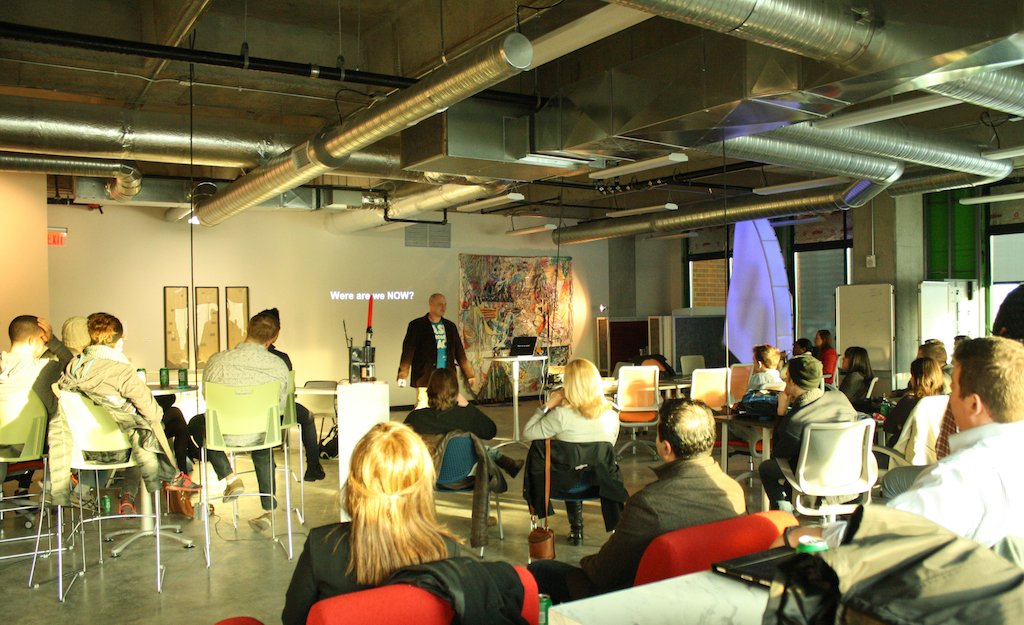
|
NEA: What's your grand vision for the future in terms of how artists are perceived and utilized by society?
EDMONDS: We have seen a need for new income and career path opportunities for artists in this country. In the NEA's own data, [there are] two million degreed artists, about ten percent [of whom] are really earning their living as a working artist. That says to me that there is a need for us to be able to develop alternative paths for arts. Then I look at what the economy's asking the workforce to do, and that is to be innovative. But our economy's based on this industrialized mode of training people not to be innovative. So I see a very unique opportunity for artists who are interested in this kind of work to be able to find a very fulfilling life using their creative process in new ways. Our vision's nothing bigger than that.
NEA: Is there anything else you'd like to add?
EDMONDS: What we are doing is nothing new. This has been around for hundreds and hundreds of years. Artists have always been active in other parts of our society. Look at da Vinci. He was a scientist, philosopher, etc. It's only in recent history that we've relegated artists to just this consumerist type of role. So while everything that we're doing is experimental, and very much tapped into the future and technology, it's also very much grounded in history.


